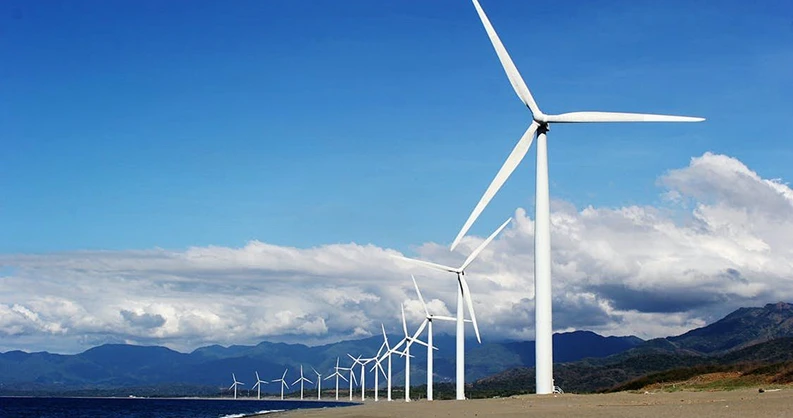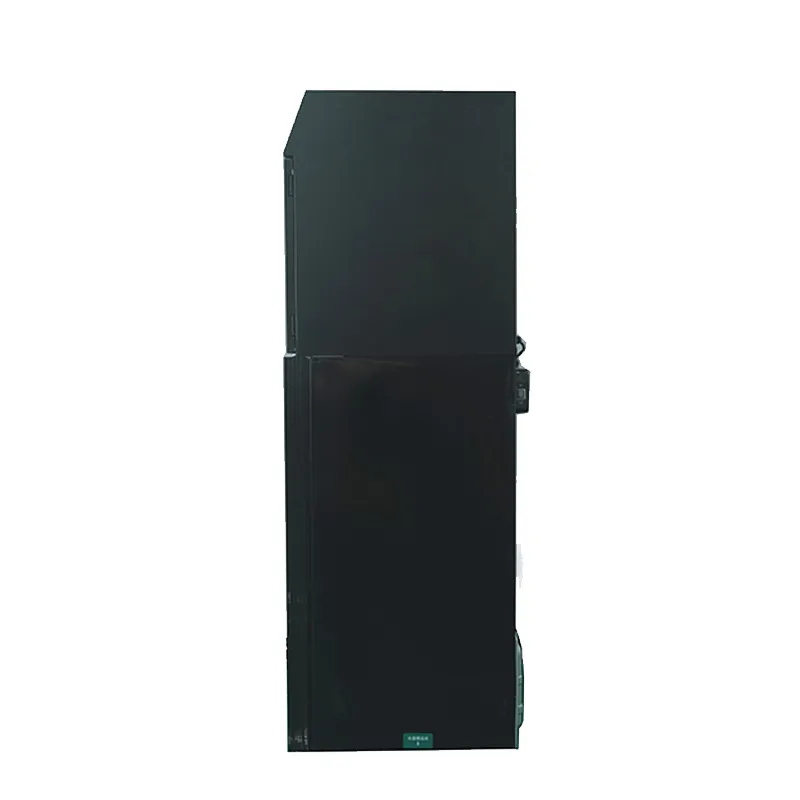High Efficiency Monocrystalline Solar Modules SunPower
- Introduction to Monocrystalline Solar Technology
- Technical Advantages of Monocrystalline Architecture
- Market Performance Comparison
- Manufacturer Innovation Profiles
- Customization Capabilities
- Real-World Implementation Examples
- Future Efficiency Projections

(monocrystalline solar module)
Understanding monocrystalline solar module
fundamentals
Monocrystalline solar modules represent the pinnacle of photovoltaic efficiency with single-crystal silicon structures. These panels dominate premium installations due to their superior energy density and longevity. The manufacturing process involves slowly drawing pure silicon crystals into cylindrical ingots using the Czochralski method. This precise crystal alignment creates an optimized electron pathway, achieving conversion rates of 20-25% under laboratory conditions. Market adoption continues accelerating as commercial installations grow 18% annually according to International Energy Agency statistics.
Performance superiority in crystalline technology
Three distinct advantages establish monocrystalline's market leadership. Temperature coefficient specifications typically range between -0.3% to -0.4%/°C, outperforming polycrystalline alternatives by 15-20% in high-heat environments. Additionally, the mono-Si structure demonstrates minimal light-induced degradation (LID), retaining 92% efficiency after 25 years of operation. Structural resilience is enhanced through anti-reflective coatings and robust framing systems that withstand 5,400Pa snow loads and 2,400Pa wind pressures. These characteristics make monocrystalline pv modules indispensable for energy-intensive applications.
| Technology Type | Avg Efficiency Rate | Degradation/Year | Temp Coefficient (%/°C) | ROI Period |
|---|---|---|---|---|
| Monocrystalline | 20-22% | 0.5% | -0.35 | 5-7 years |
| Polycrystalline | 15-17% | 0.7% | -0.45 | 7-9 years |
| Thin-Film | 10-13% | 1.0% | -0.25 | 8-10 years |
Manufacturer landscape assessment
Key players in solar module monocrystalline production continue pushing technological boundaries. JinkoSolar's Tiger Pro series achieves 22.3% efficiency through triple-cell dividing and transparent backsheet innovations. Longi Solar's monocrystalline panels incorporate gallium-doped wafers, reducing LID to 1.5% over initial operation cycles. Comparatively, Canadian Solar specializes in specialized models for extreme climates, while Hanwha Q Cells leverages quantum tunneling technology. Production volumes indicate Longi leads with 85GW annual wafer capacity, followed by Jinko at 60GW and JA Solar at 55GW. Each manufacturer offers distinct product warranties: Longi guarantees 92% output after 25 years, while competitors average 88-90% retention guarantees.
Industrial design variations
Custom monocrystalline solutions adapt to installation constraints through specialized form factors. Half-cut cell configurations decrease resistive losses by 50% and improve partial shading performance. For commercial rooftops with weight restrictions, ultra-light variants maintain 19% efficiency at 15kg/m² density. Emerging applications include building-integrated photovoltaics (BIPV) where textured monocrystalline cells replace traditional construction materials. Marine-grade versions withstand salt mist corrosion through encapsulated edge sealing, while desert deployments utilize anti-abrasion surface treatments against sand damage. Module manufacturers currently provide 187 custom configurations addressing unique project parameters.
Field implementation case studies
The Dubai Electricity Authority's 1.2GW solar park installation utilized bifacial monocrystalline modules on single-axis trackers, generating 2,700kWh/kW annually – exceeding projections by 12%. In residential applications, California households incorporating Q.PEAK DUO panels achieved 88% self-sufficiency rates with 6.6kW rooftop systems. Nordic countries report successful temperature resilience as monocrystalline installations maintain 94% winter productivity relative to summer peaks due to optimized cold-weather voltage curves. Japanese floating solar farms demonstrate exceptional degradation resistance with just 7.2% efficiency loss after 15 years of continuous operation on water surfaces.
Evolution of monocrystalline solar module performance
NREL research indicates monocrystalline efficiency potential reaches 28.7% through advanced light-trapping architectures and passive cooling integration. Manufacturers are investing in diamond-wire wafer slicing technologies to reduce kerf loss below 30μm, potentially decreasing production costs by 18-22%. The emergence of IBC (interdigitated back contact) cells eliminates front-side grid obstruction, capturing 6-8% more morning/evening irradiance. These advancements position solar module monocrystalline solutions to capture 65-70% market share by 2028 according to Wood Mackenzie analysis. Industrial feedback confirms next-generation modules will offer 30-year lifespans with <0.3% annual degradation rates.

(monocrystalline solar module)
FAQS on monocrystalline solar module
Q: What makes monocrystalline solar modules different from other types?
A: Monocrystalline solar modules use single-crystal silicon cells cut from one pure silicon ingot, offering higher efficiency and a distinctive uniform black appearance. This contrasts with polycrystalline panels made from multiple silicon fragments. Their premium construction delivers superior performance in limited-space installations.
Q: How efficient are monocrystalline PV modules compared to alternatives?
A: Monocrystalline PV modules typically achieve 20-23% efficiency, outperforming polycrystalline and thin-film alternatives by up to 5%. The single-crystal structure enables better electron mobility, maximizing power output per square meter. This makes them ideal for space-constrained residential or commercial rooftops.
Q: Why do monocrystalline solar modules last longer than other solar panels?
A: Monocrystalline solar modules feature highly stable silicon crystals that degrade slower than alternatives, maintaining over 80% efficiency after 25+ years. Premium encapsulation materials prevent moisture ingress and UV damage, reducing long-term wear. These durability advantages justify their higher initial investment through extended warranties.
Q: Are monocrystalline solar modules suitable for hot climates?
A: Yes, monocrystalline solar modules boast lower temperature coefficients than other types, losing only 0.3-0.4% efficiency per °C above 25°C (77°F). This heat resistance—coupled with robust UV protection—makes them reliable in high-sun regions. Desert installations often leverage these modules for sustained high-output performance.
Q: What maintenance do monocrystalline solar modules require?
A: Monocrystalline PV modules need minimal upkeep: occasional dust removal with water and inspection for debris or shading. Their sturdy frames eliminate corrosion concerns. Most installations require just annual checks to maintain peak efficiency, as these modules lack moving parts and have self-cleaning surfaces.
